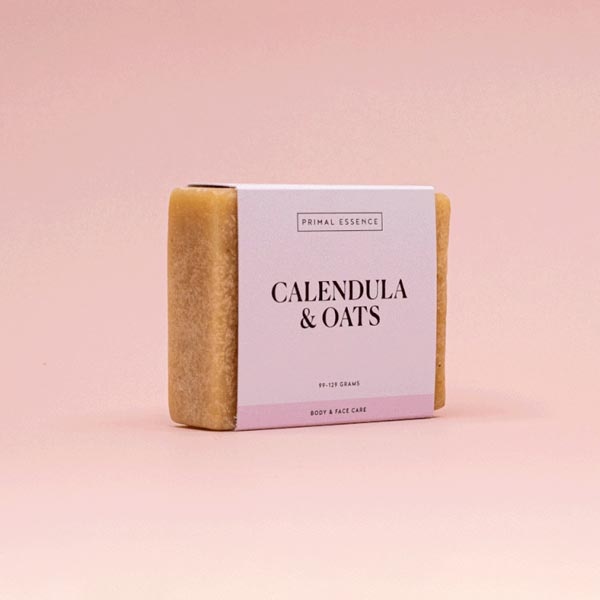Introduction: The Importance of Packaging in Handmade Soap
In the world of handmade soap, where creativity and individuality shine, packaging plays a crucial role that extends beyond mere aesthetics. It serves as the first point of contact between the product and the consumer, influencing their perception and purchasing decisions. This article explores the significance of handmade soap packaging, offering insights into its essential components, design ideas, and sustainable practices.
Understanding the Role of Packaging
Aesthetic Appeal and Branding
The primary function of packaging is to attract customers. Handmade soap, often characterized by unique scents and textures, benefits significantly from visually appealing packaging. The design should reflect the soap’s qualities, whether it’s organic, luxurious, or playful. Thoughtful branding—incorporating logos, colors, and fonts—can create a cohesive image that resonates with the target audience.
Protection and Preservation
Effective packaging protects the soap from environmental factors that could compromise its quality. This includes shielding it from moisture, light, and contaminants. Choosing the right materials ensures the soap retains its fragrance and texture, extending its shelf life and enhancing customer satisfaction.
Elements of Effective Handmade Soap Packaging
Materials
Selecting appropriate materials is paramount in handmade soap packaging. Common choices include:
Paper
Eco-friendly and customizable, paper is an excellent choice for artisanal soap. Kraft paper, for instance, offers a rustic appeal, while colored or printed paper can add a pop of personality.
Cardboard Boxes
Sturdy and protective, boxes can be tailored to fit various soap shapes and sizes, providing ample space for branding and product information.
Glass and Plastic
For liquid soaps or more luxurious products, glass containers offer elegance, while eco-friendly plastics can provide a lightweight alternative.
Design Considerations
When designing packaging, several elements must be taken into account:
Color Schemes
Colors evoke emotions and set the tone. Pastel shades may communicate softness and tranquility, while vibrant hues can signify energy and fun.
Typography
The choice of font should align with the brand identity. Elegant scripts might work well for high-end products, while playful fonts can cater to a younger demographic.
Graphics and Imagery
Custom illustrations or photos can enhance the storytelling aspect of the packaging, providing insight into the ingredients or inspiration behind the soap.
Information and Labeling
Transparent labeling is essential for consumer trust. Key information includes:
Ingredients
Listing natural ingredients can appeal to health-conscious consumers, while unique components can pique interest.
Usage Instructions
Clear directions ensure customers know how to use the product effectively.
Brand Story
Sharing the story behind the brand or the soap-making process can create a deeper connection with consumers, fostering loyalty.
Sustainable Practices in Handmade Soap Packaging
Eco-Friendly Materials
As consumers become more environmentally conscious, opting for sustainable packaging is not just a trend—it’s a necessity. Using recyclable, biodegradable, or compostable materials can significantly reduce the environmental impact of packaging. Examples include:
Seed Paper
Packaging made from seed paper can be planted after use, allowing consumers to grow flowers or herbs, creating a memorable experience.
Reusable Containers
Offering refills or encouraging customers to return containers can promote sustainability and foster repeat business.
Minimalist Design
Adopting a minimalist approach can reduce waste while emphasizing the product itself. Simple designs with minimal ink and materials can be both elegant and environmentally friendly, appealing to modern consumers who appreciate understated beauty.
Conclusion: Elevating the Handmade Soap Experience
Handmade soap packaging is more than just a container; it’s an essential component of the product experience. From aesthetic appeal and protection to sustainability, every aspect of packaging contributes to the brand’s identity and customer satisfaction. By investing time and creativity into the packaging design, artisans can create a lasting impression that not only entices customers but also communicates their values and commitment to quality. In an increasingly competitive market, thoughtful packaging can set a handmade soap brand apart, fostering loyalty and encouraging repeat purchases.



Recent Comments